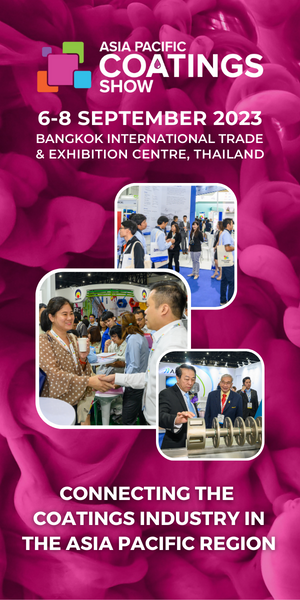
69 projects were submitted for the first Anton Paar Research Prize. The winning projects deal with the analysis of trace gasses and the wettability of surfaces.
"At our first Anton Paar Research Award for Instrumental Analytics and Characterization we received 69 submissions from 19 countries," said Gerhard Murer, Chief Scientist at Anton Paar.
Most entries came from Austria, followed by nine each from Brazil, and Germany.
The five-member jury – Prof Ferdinand Hofer from Graz University of Technology; Prof Oliver Kappe from Karl Franzens University Graz; Prof Wolfgang Kern from Leoben University of Mining and Metallurgy; Anton Paar Research Director Ronald Henzinger; and Chief Scientist Gerhard Murer – was particularly impressed by five projects.
Finally, it was clear that the prize money of €20,000 will be shared and will go to research groups from Finland and Austria.
Both projects fulfilled the decision criteria, namely the novelty and ingenuity of the method and an attractive utilisation potential in measurement technology.
A drop as a measuring probe
Robin Ras and Quan Zhou from Aalto University in Finland submitted a project for the locally high-resolution measurement of the wettability of surfaces.
For this purpose, a super small drop of water fixed to a sensor is approached to the surface of interest and removed again after contact.
By measuring the forces occurring in the Nano-Newton range, information is obtained on how strongly the surface attracts or repels the liquid at the contact point.
The researchers have already submitted their method for patenting.
Plastics specialist Prof Kern was particularly impressed with this, "cool method for investigating wettability in the micro range."
Measurement of trace gasses
The procedure submitted by Johannes Waclawek and Bernhard Lendl of the Vienna University of Technology, which receives the second half of the research prize, has also already been submitted for patenting.
Gerhard Murer: "For example, it could be used to investigate the exposure to harmful trace gasses at the workplace."
The method is based on the high-resolution measurement of the change in the refractive index when the trace gas is excited with a laser beam.
It fascinates with sophisticated noise suppression, according to Prof Hofer.
In 2018, Anton Paar called for applications for the first ‘Anton Paar Research Award for Instrumental Analytics and Characterization’. To be eligible for consideration, proposals about projects not older than two years needed to focus on new methods and/or applications in instrumental chemical analytics or the physical characterisation of materials.
Additionally, it was stipulated that the proposals should show a high probability of enabling new scientific or industrial products and/or applications.
The application was open to anyone interested in chemical analysis or physical characterisation.
The focus should have been on new methods and applications.
The next Anton Paar Research Award will be announced soon.
Stay tuned at https://www.anton-paar.com/corp-en/research-award/




